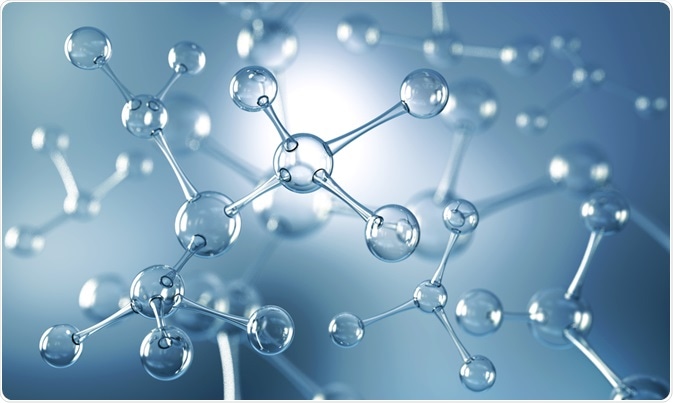The Bead ARray Counter (BARC) is a biosensor that can be adapted to detect various analytes.
It consists of a solid substrate bearing an array of sensors that are able to change their electrical resistance value in the presence of an external magnetic field, an electromagnet, paramagnetic microbeads, and a container suitable for fluids.
 Image Credit: Anusorn Nakdee / Shutterstock
Image Credit: Anusorn Nakdee / Shutterstock
Microbeads are monodisperse particles of around 0.5-500 µm in diameter. Ligands can be attached to the surface of these particles that bond to molecules of interest in a sample in order to separate and detect them.
Microbeads can be made from a variety of materials, although a nickel-iron oxide compound has taken precedence as it possesses the required properties.
Detection of biological warfare agents
Currently, the most developed application for BARC is the detection of biological warfare agents, as the technology is a product of the Naval Research Laboratory, USA. In this case, DNA is used as the recognition unit of choice.
Thiolated DNA probes are attached to the solid substrate, which is made from gold to ensure a strong covalent Au-S bond.
The DNA attached to the solid substrate is carefully selected to be specific to a biological warfare agent, such as Bacillus anthracis, Yersinia pestis, Brucella suis, Francisella tularensis, Vibrio cholerae, Clostridium botulinum, Campylobacter jejuni, or Vaccinia virus.
A sample that is suspected of containing one of these biological warfare agents undergoes PCR amplification ensuring that many thousands of copies of the fragmented DNA are now present, and the DNA is biotin-labeled.
The sample is then injected into the instrument, where complimentary DNA belonging to the bacteria or virus is allowed to hybridize with the DNA probes present on the solid substrate.
Streptavidin-labeled paramagnetic microbeads are then added which specifically bind to the biotinylated sample DNA. A magnetic field is then applied, pulling beads that do not bear complementary DNA, and thus are not bound to the solid substrate, from the sample.
The removed beads will be bound to the DNA that was not complementary to the DNA present on the solid substrate, and thus DNA not of interest is removed from the sample.
The sensors are highly sensitive to the presence of magnetic particles in close proximity. They are able to detect single microbeads bound to the solid substrate by DNA hybridization, and can then determine the location and intensity of the signal, indicating the DNA that was present in the sample.
Other uses of BARC
BARC may be used in the quantitative detection of an analyte that can form complementary bonds with molecules that can be bound to the solid substrate, but the applications are currently underexploited as the technology is patented. Seahawk Biosystems purchased a license to apply the technology to veterinary diagnostics in 2004.
Advantages of the BARC biosensor
Other methods of biosensing generally require preparatory steps such as radio or fluorescence labeling and require large and costly immobile equipment.
BARC provides a compact and highly mobile platform capable of multianalyte analysis. The gradual application of a magnetic field to remove DNA that has not hybridized with probe DNA attached to the solid substrate reduces the occurrence of false positives due to the complete removal of non-complimentary DNA.
Further Reading
Last Updated: Feb 21, 2023